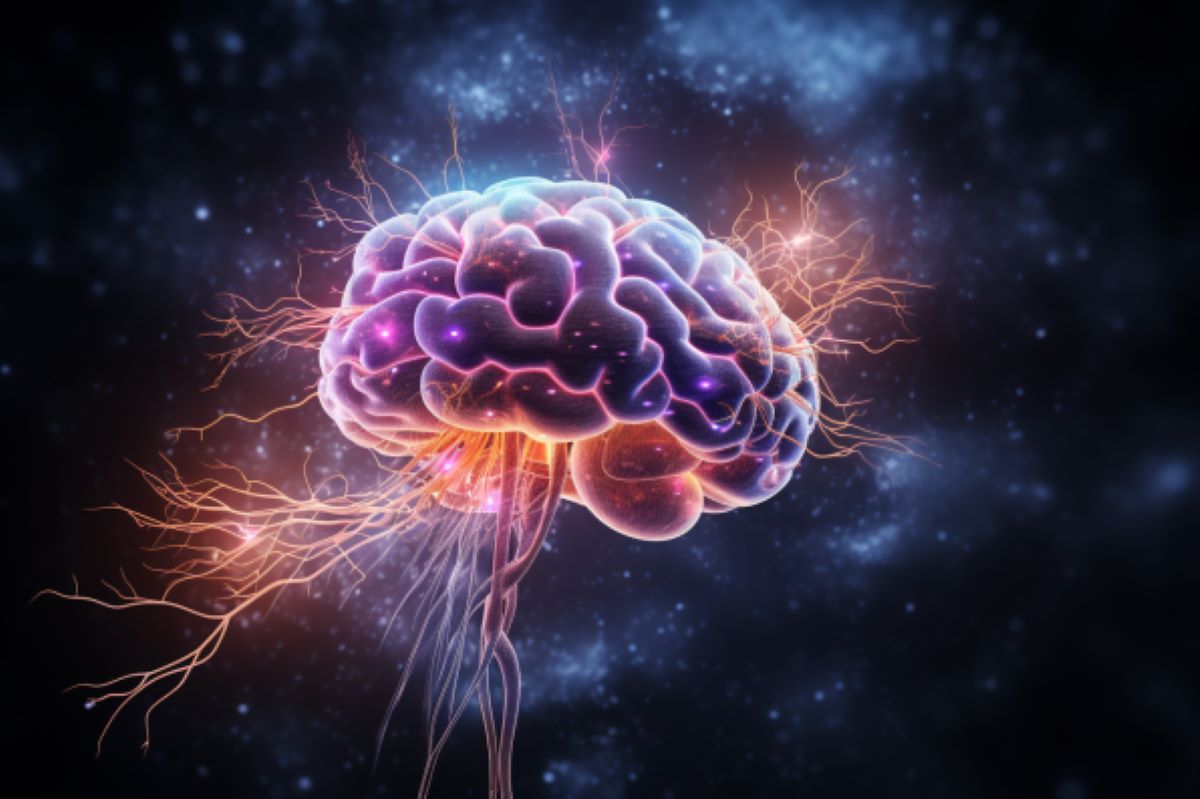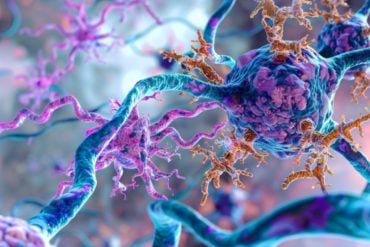Summary: Researchers studied the TSPO protein, a marker for visualizing cerebral inflammation. Although used in hundreds of PET scans, its exact significance in relation to inflammation remained uncertain.
The team discovered that while high TSPO density does indicate a large number of microglia (inflammatory cells), it doesn’t signify their overactivation. This revelation urges a re-evaluation of previous research and suggests new paths for understanding neuroinflammation.
Key Facts:
- TSPO protein, found in microglial cells, is the only marker currently used in medical imaging to non-invasively locate and measure brain inflammation.
- Though a high density of TSPO protein indicates a high number of microglia, it doesn’t necessarily mean these cells are overactive.
- Two new markers, the LCP2 and TFEC proteins, have been identified which could lead to innovative medical imaging approaches.
Source: University of Geneva
Inflammation is the sign that our body is defending itself against an aggression. But when this response escalates, for example in the brain, it can lead to serious neurological or psychiatric diseases.
A team from the University of Geneva (UNIGE), the University Hospitals of Geneva (HUG), Imperial College London and Amsterdam UMC, investigated a marker protein targeted by medical imaging to visualize cerebral inflammation, but whose interpretation was still uncertain.

The team reveals that a large quantity of this protein goes hand in hand with a large quantity of inflammatory cells, but its presence is not a sign of their overactivation.
These results, published in Nature Communications, pave the way for optimal observation of neuroinflammatory processes and a re-reading of previous studies on the subject.
Inflammation is a natural defensive reaction initiated by the immune system. It enables our cells to fight off aggression, such as injury or infection. But this response can also get out of control and lead to the onset of serious pathologies.
When it occurs in the brain – in which case it is known as neuroinflammation – this overactivation can play a part in the mechanisms of neurodegenerative diseases (Alzheimer’s, amyotrophic lateral sclerosis, multiple sclerosis) and psychiatric diseases (schizophrenia, bipolar disorder, depression).
In the brain, microglial cells play an important role in inflammation and its potential overactivation. They can be ‘‘activated’’ when dysfunction occurs, phagocytize pathological cells or proteins and even produce protective substances.
Currently, in medical imaging, only one marker can be used to locate and measure microglia non-invasively and in vivo: the TSPO protein, which is present in these cells. This protein can be observed by Positron Emission Tomography (PET), a common imaging technique.
What does TSPO protein reveal?
‘‘Hundreds of studies have used PET scans of this protein to explore and quantify microglia. However, no study has succeeded in precisely interpreting the significance of its quantity in the context of an inflammatory reaction,’’ explains Stergios Tsartsalis, senior clinical associate in the Department of Psychiatry at the UNIGE Faculty of Medicine. Does a large quantity of TSPO correspond to a large quantity of inflammatory cells? Is it a sign of their overactivation?
Together with researchers from Imperial College London (Dr David Owen) and Amsterdam UMC (Prof Sandra Amor), Stergios Tsartsalis and members of Prof Philippe Millet’s team from the HUG’s Laboratory of translational imaging in psychiatric neuroscience and the UNIGE’s Group of molecular neuroimaging in psychiatry set out to find out.
The international research team worked on the brains of mouse models of Alzheimer’s disease, amyotrophic lateral sclerosis and multiple sclerosis, and on post-mortem brain samples from patients affected by the same diseases. ‘‘We discovered that a high density of TSPO protein is indeed an indicator of a high density of microglia. On the other hand, the observation of TSPO does not allow us to say whether or not the inflammatory cells are overactivated,’’ explains the UNIGE researcher, co-first author of the study.
Re-reading the past, optimising the future
This discovery highlights the value of medical imaging of TSPO: it makes it possible to identify cases where the neuroinflammatory disease is linked to a deregulation in the number of glial cells. In addition, the scientists have identified two markers of the state of microglia activation in humans – the LCP2 and TFEC proteins – which pave the way for new medical imaging approaches.
‘‘These results represent a further step towards understanding the role of microglia in neuroinflammation. They will help to optimise the focus of future studies and also to review the conclusions of previous research,’’ enthuses Stergios Tsartsalis.
Combined with the significant development of molecular imaging at the UNIGE and the HUG, this study, supported by the Swiss National Science Foundation and the Prof Dr Max Cloëtta Foundation, set the scene for effective observation of the immune mechanisms of neurological and psychiatric diseases, within the two Geneva institutions and beyond.
About this neuroinflammation research news
Author: Antoine Guenot
Source: University of Geneva
Contact: Antoine Guenot – University of Geneva
Image: The image is credited to Neuroscience News
Original Research: Open access.
“Translocator protein is a marker of activated microglia in rodent models but not human neurodegenerative diseases” by Stergios Tsartsalis et al. Nature Communications
Abstract
Translocator protein is a marker of activated microglia in rodent models but not human neurodegenerative diseases
Microglial activation plays central roles in neuroinflammatory and neurodegenerative diseases. Positron emission tomography (PET) targeting 18 kDa Translocator Protein (TSPO) is widely used for localising inflammation in vivo, but its quantitative interpretation remains uncertain.
We show that TSPO expression increases in activated microglia in mouse brain disease models but does not change in a non-human primate disease model or in common neurodegenerative and neuroinflammatory human diseases.
We describe genetic divergence in the TSPO gene promoter, consistent with the hypothesis that the increase in TSPO expression in activated myeloid cells depends on the transcription factor AP1 and is unique to a subset of rodent species within the Muroidea superfamily.
Finally, we identify LCP2 and TFEC as potential markers of microglial activation in humans.
These data emphasise that TSPO expression in human myeloid cells is related to different phenomena than in mice, and that TSPO-PET signals in humans reflect the density of inflammatory cells rather than activation state.






